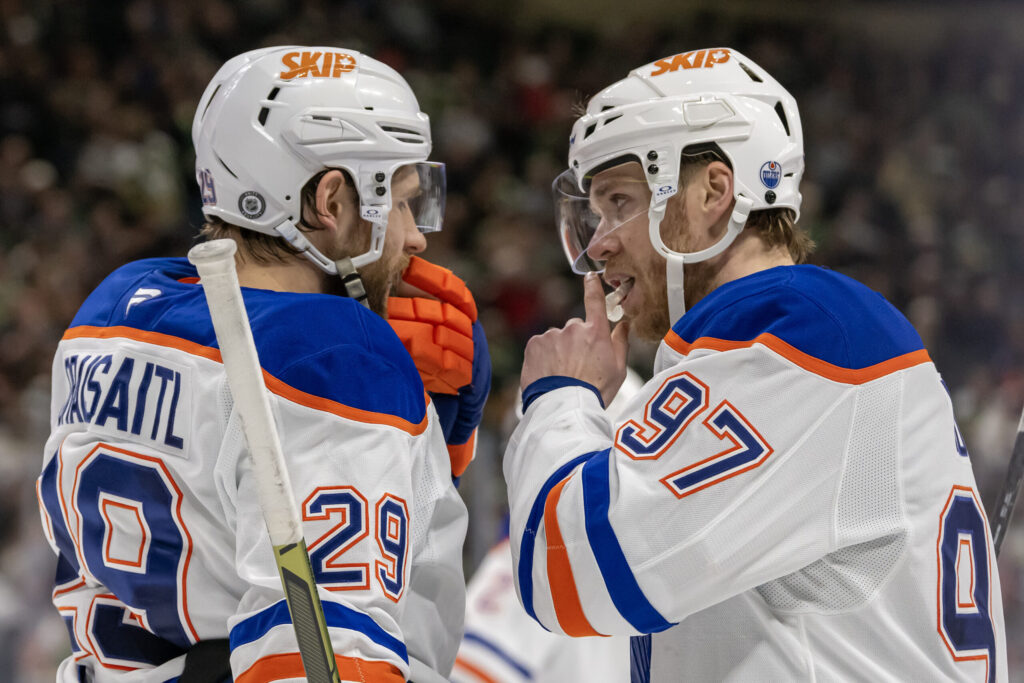The air in Edmonton is thick with expectation. Two consecutive trips to the Stanley Cup Final will do that to a city. For the first time since the days of Messier and Gretzky, the Stanley Cup feels not like a distant dream, but an imminent reality. The Oilers, powered by the generational tandem of Connor McDavid and Leon Draisaitl, are the quintessential “win-now” team. General manager Stan Bowman has pushed every chip into the middle of the table, mortgaging draft picks and prospects for immediate help. It’s a strategy that has brought them to the precipice of glory.
But what happens after the party ends? What does the future hold for a team that has so aggressively prioritized the present?
For the Oilers faithful, it’s a question that feels almost sacrilegious to ask right now. When you’re this close, the only thing that matters is the next game, the next series, the next Cup hoist. Yet, the cold, hard calculus of building a perennial contender requires looking beyond the current window. Recent analyses from the experts at Daily Faceoff paint a complicated, and frankly, precarious picture of Edmonton’s future. It’s a future defined by a top-heavy infusion of new talent, a severe lack of organizational depth, and a core group of superstars barrelling towards their 30s.
The Farm is Finally Growing… Something
Let’s be clear: the Oilers’ prospect pipeline has been a barren wasteland for years. It’s the inevitable price of chasing a championship. When you’re trading first-round picks for deadline rentals, the farm system is the first casualty. As recently as 2024, NHL prospect guru Steven Ellis of Daily Faceoff ranked the Oilers’ pool a dismal 29th out of 32 teams. It was a collection of maybes, long-shots, and organizational depth players.
However, a glimmer of hope has emerged. In his most recent 2025-26 rankings, Ellis has bumped the Oilers up to 23rd. While that’s hardly a world-beating number, the jump from 29th is significant, and it’s almost entirely on the backs of two players: Matthew Savoie and Ike Howard.
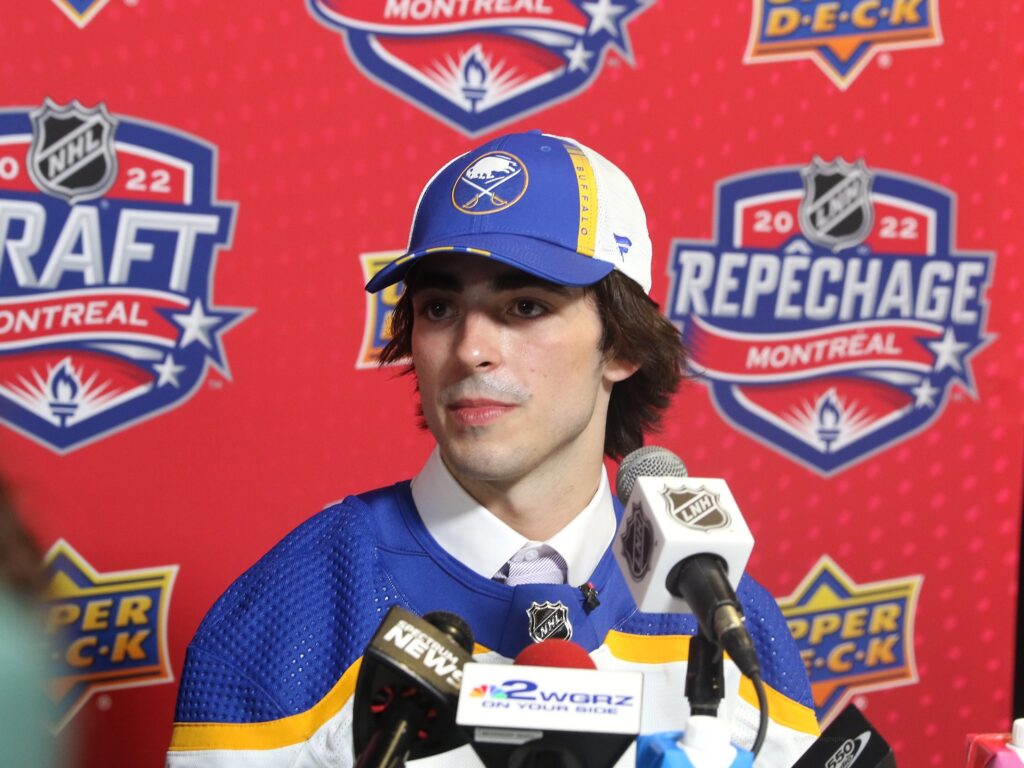
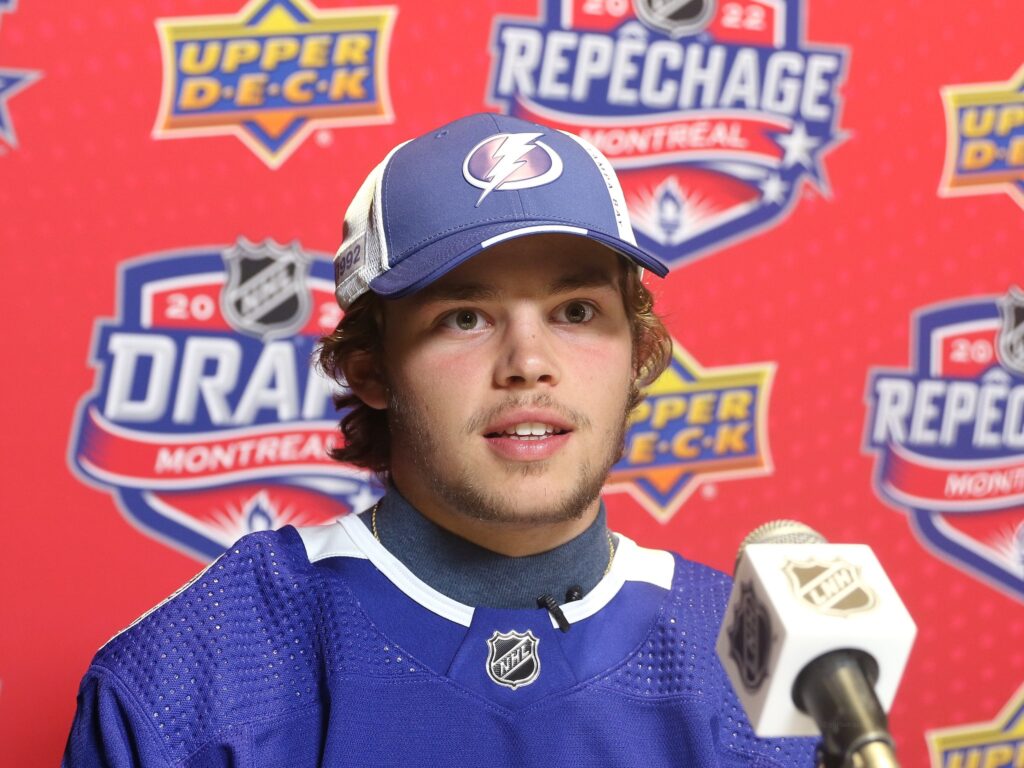
These aren’t your typical mid-round draft picks. Thanks to some savvy moves, the Oilers have added two legitimate, blue-chip prospects to a system starved for elite talent. Savoie, a dynamic forward, is already being pegged as a potential Calder Trophy candidate. Howard, another electrifying forward, is coming off a season where he won the Hobey Baker Award as the best player in NCAA men’s hockey. Ellis notes that these two acquisitions have made Edmonton’s pipeline “a bit more formidable.”
But here’s the rub. Beyond Savoie and Howard, the cupboard is frighteningly bare. The organizational depth is, to put it mildly, non-existent. The reason is simple and stark: a lack of draft capital. In a typical five-year span, an NHL team will make around 15 selections in the top 100 picks of the draft. Over the last five drafts, the Oilers have had just seven.
This is the cost of doing business. It’s the price of acquiring players like Mattias Ekholm and Adam Henrique. No one is questioning the strategy—it has resulted in two Finals appearances. But it creates a high-wire act for the future. Without a steady stream of young, cost-controlled talent coming through the system, the only way to fill roster holes is through expensive free-agent signings, which becomes increasingly difficult in a hard-cap world, especially when your superstars command gargantuan salaries.
Also on the EDGE – A Deep Dive into the Oilers’ Revamped Forward Corps
Fast Forward to 2030: Are We Watching the Oilers or the Penguins?
If the prospect pool provides a snapshot of the near future, Paul Pidutti’s long-range projection for Daily Faceoff gives us a sobering glimpse into the 2030 landscape. In his forecast, Pidutti ranks the Oilers 13th in the league, placing them in his second tier of “Contenders.” They find themselves in the same bracket as teams like the Columbus Blue Jackets, Detroit Red Wings, and New Jersey Devils—franchises that are currently seen as up-and-comers, not established powerhouses. For Oilers fans, seeing their team in that company five years from now might be a tough pill to swallow.
So, what does the 2030 Oilers roster look like? Leon Draisaitl will still be there, locked into his monster extension that runs through the 2032-33 season. The assumption is that Matthew Savoie and Ike Howard will have graduated from prospects to core members of the forward group. And, of course, there’s Connor McDavid. While he has just one season left on his current deal, Oilers CEO Jeff Jackson has expressed supreme confidence in getting an extension done, and no one in the hockey world seriously believes McDavid will play anywhere else. He will be an Oiler.
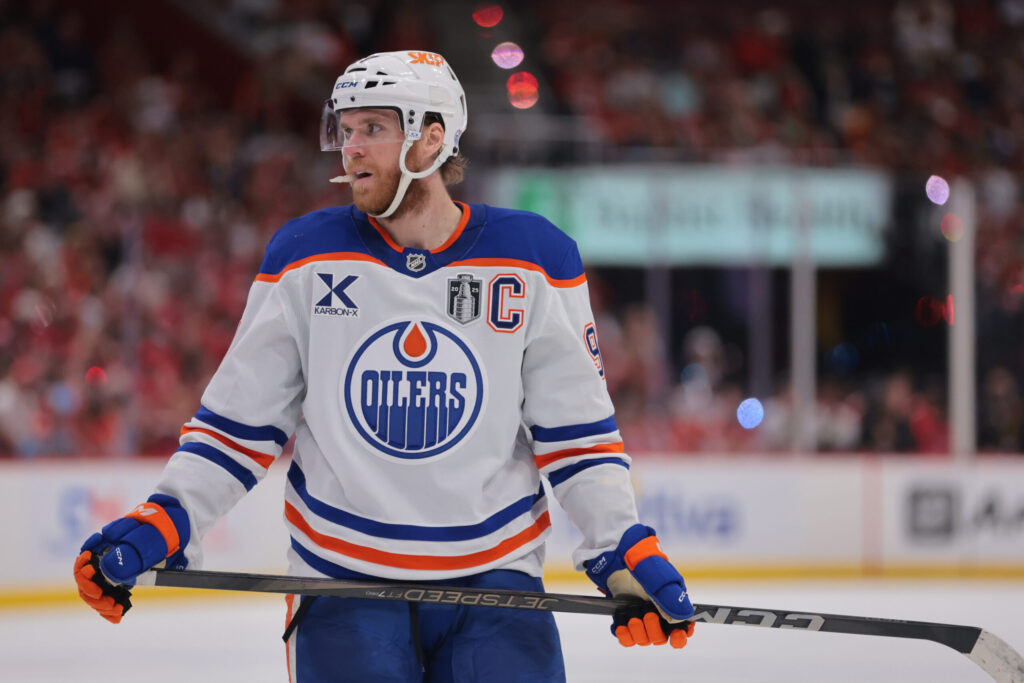
The questions begin to arise around the supporting cast. Evan Bouchard, the power-play quarterback, is only under contract until 2029. Ryan Nugent-Hopkins’ deal expires after the 2028-29 season, at which point he’ll be 36 years old. Key veterans like Zach Hyman (three years left) and Darnell Nurse (five years left) will either be gone or on the deep back nine of their careers.
This is where Pidutti drops the most chilling comparison for the Oilers. He warns that if Edmonton hasn’t won its championship by 2030, the team could become “a very old group clinging to the talent of McDavid (maybe?), Draisaitl, and Bouchard (maybe?).” He likens this potential scenario to the 2020-22 Pittsburgh Penguins.
Also on the EDGE – Blue Line Blueprint: Deep Dive into the Oilers’ 2025-26 Defensive Corps
For any knowledgeable hockey fan, that analogy hits hard. We all watched the Pens of that era. Sidney Crosby and Evgeni Malkin were still brilliant, but the team around them had grown old and slow. Their prospect pool was empty from years of “win-now” trades. They were good enough to make the playoffs but no longer had the depth or the dynamism to make a serious run, resulting in a string of first-round exits. It’s a frustrating purgatory for a team built around all-time greats. That is the ghost that could haunt Edmonton’s future.
The Price of a Parade
The thin prospect pool and the looming threat of an aging core are not separate issues; they are two sides of the same coin. The lack of top-100 picks is the direct cause of the future depth problem. The aggressive, all-in approach is a gamble—a calculated one, but a gamble nonetheless.
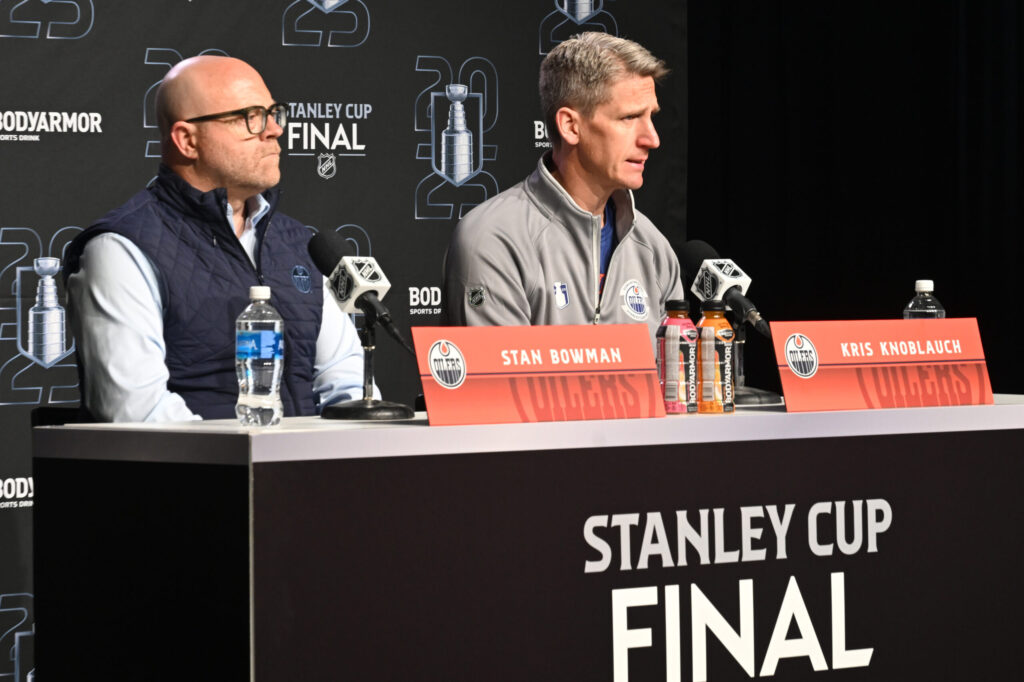
The bet is that the glory of winning one or two Stanley Cups between now and, say, 2028, will be worth the potential pain of a decline in the 2030s. And if you ask any fan on the streets of Edmonton, they would take that deal in a heartbeat. Decades of wandering in the wilderness, of false dawns and lottery luck, have made the fanbase hungry for a championship. The future is a problem for the future.
Also on the EDGE – Feeling Like Make-or-Break: Oilers Facing Big Questions in 2025-26
The mission in Edmonton is clear, simple, and absolute: Win. Win now. The front office will continue to leverage future assets to maximize the prime years of McDavid and Draisaitl. They have to. To do anything less would be managerial malpractice. But the clock is ticking. The bill for these all-in years will eventually come due. The only question that remains is whether the Oilers will be paying it with Stanley Cup rings on their fingers.
Created with the aid of Gemini AI
